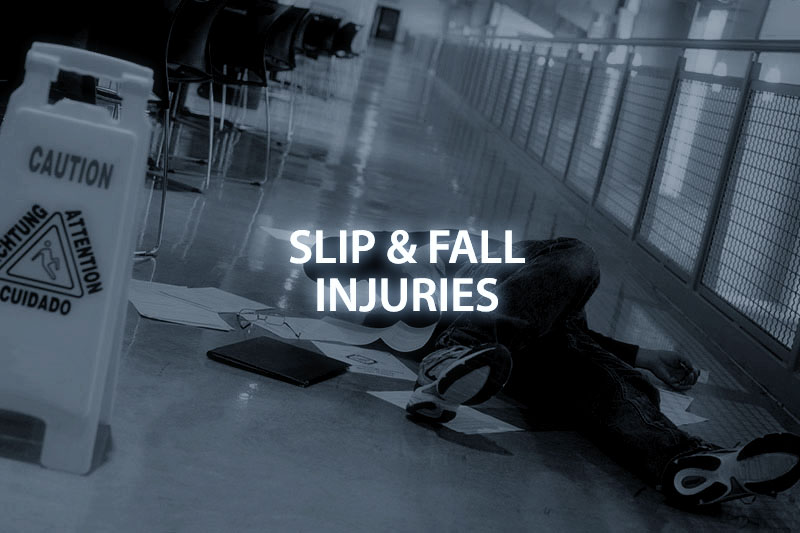In the aftermath of a slip and fall incident, it’s crucial for victims to understand that there is a ticking clock when it comes to seeking legal redress. The statute of limitations sets a finite window within which a lawsuit must be filed, failing which, the opportunity for compensation might be forever lost. This post delves into the deadlines for filing slip and fall claims in California, along with notable exceptions and possible extensions to these time limits.
Understanding the Statute of Limitations in California
In California, the statute of limitations for most personal injury claims, including slip and fall cases, is two years from the date of the incident. This means victims have a two-year window to initiate legal proceedings against the party or parties they believe are liable for their injuries.
Why does this limitation exist? It serves several purposes:
- Ensures the evidence remains fresh and reliable
- Provides a fair warning to potential defendants
- Prevents the indefinite threat of legal action
However, the timing, exceptions, and nuances within the statute of limitations can greatly impact a victim’s case.
Key Exceptions to the Rule
While the two-year deadline is the general rule, there are several important exceptions that can affect this period.
Minor Plaintiffs
If the victim of the slip and fall was under the age of 18 at the time of the incident, the clock on the statute of limitations doesn’t start until the victim turns 18. This means they have until their 20th birthday to file a lawsuit.
Mental Incompetence
If the victim is deemed mentally incompetent at the time of the fall, the statute of limitations may be paused until the victim regains the capacity to make legal decisions.
Defendant’s Absence
If the defendant (the party allegedly at fault) leaves the state of California, the period of their absence might not be counted against the statute of limitations, effectively extending the deadline.
Discovery Rule and Its Impact
Another critical provision under California law is the “discovery rule.” This exception applies when the victim did not discover, and could not reasonably have discovered, their injury immediately after the incident. In such cases, the statute of limitations may begin from the date the injury was discovered or should have reasonably been discovered.
Government Claims: A Unique Deadline
If your slip and fall accident happened on government property or involved a government entity, the rules differ significantly. In such scenarios, you must file an administrative claim with the government entity within six months of the incident. This step is mandatory before you can proceed with a lawsuit if your claim is denied or not responded to.
Understanding Tolling
“Tolling” refers to legally pausing or delaying the statute of limitations. The situations outlined above (such as minority or mental incompetence) are examples of when tolling might apply. Understanding when and how tolling applies can be crucial for safeguarding your legal rights.
Personal Injury Attorney Caryn Warren Can Help!
Timeliness is of the essence when it comes to pursuing a slip and fall lawsuit in California. While the general statute of limitations is two years, exceptions and nuances can extend or shorten this timeframe. Being aware of these exceptions and consulting with a skilled personal injury attorney promptly can be the difference between securing compensation and forfeiting your right to it. Remember, in legal matters, especially those involving personal injuries, timing indeed matters.
Personal Injury & Criminal Defense Services Available Throughout
Greater Sacramento, Yolo, Placer, and Solano Counties
Antelope, Arden-Arcade, Auburn, Benicia, Carmichael, Citrus Heights, Davis, Dixon, Elk Grove, Fairfield, Fair Oaks, Folsom, Galt, Gold River, Granite Bay, Iselton, Lincoln, Loomis, North Highlands, Orangevale, Rancho Cordova, Rio Linda, Rio Vista, Roseville, Rocklin, Sacramento, Suisun City, Vacaville, Vallejo, West Sacramento, Winters, Woodland

